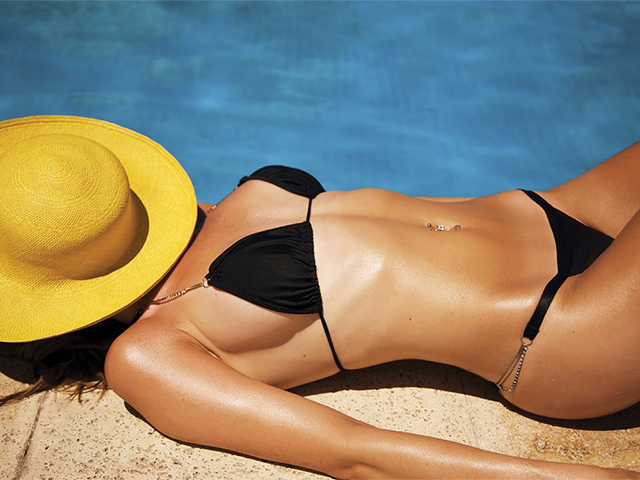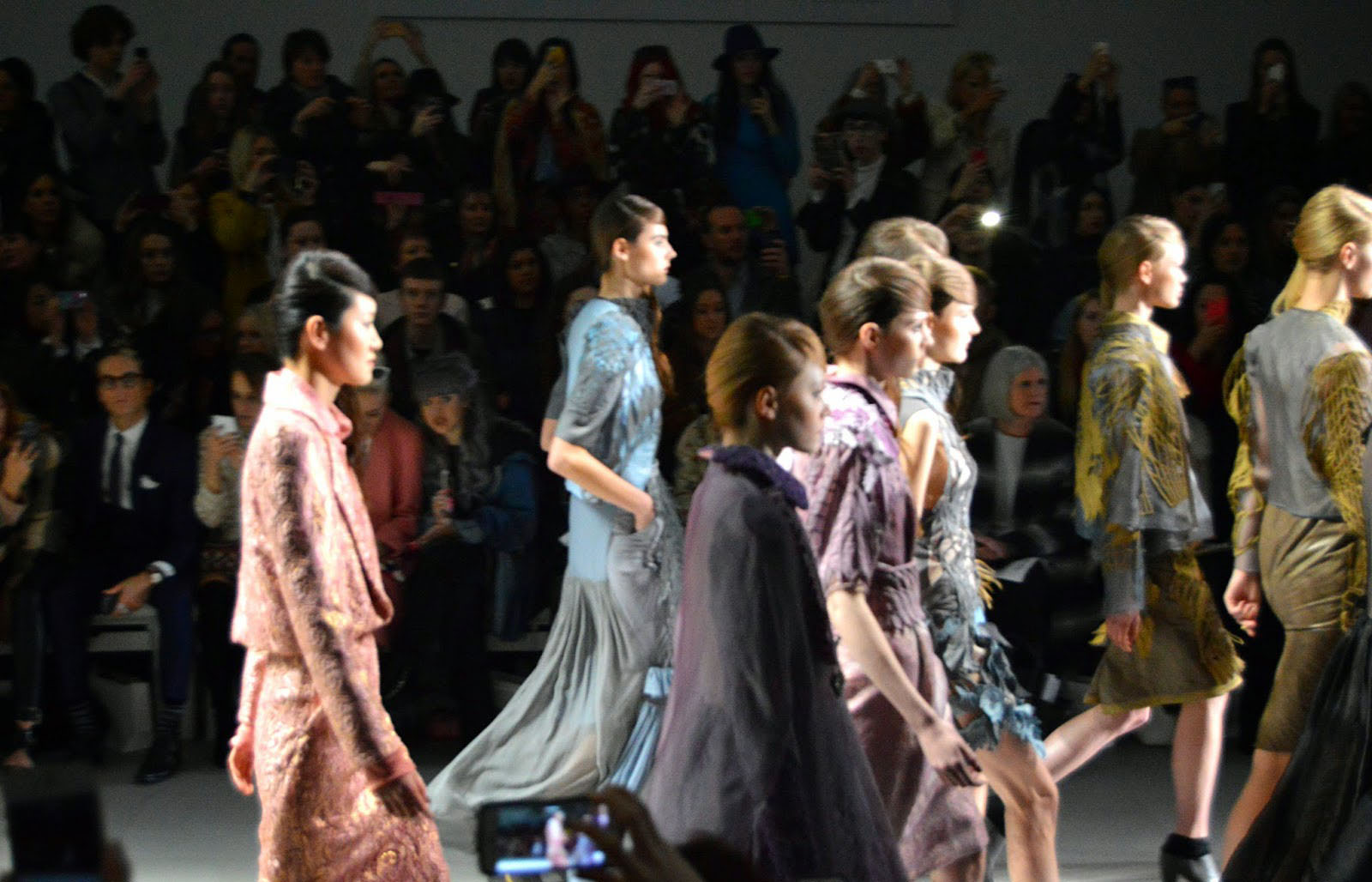
[dropcap]A[/dropcap]t the start of February, an English model shared graphic images of the results of using sunbeds twice a week. The 20-year-old model from Manchester was left with scars on various parts of her body after the removal of dangerous moles.
Ella Ravenscroft had been using sunbeds once or twice a week over a two-year period. She took to Facebook to share her experience and warned others of the dangers of sunbeds, describing her ordeal as a “horrific experience”.
Although sunbeds were banned for under 18-year-olds in 2014, it appears that the youth of Ireland are still taking to sunbeds to get their glow.
Last July, a study was carried out on 616 students in schools across Sligo and Dublin. Conducted by Dr. Dermot McKenna at Sligo University Hospital, the survey revealed that under-18s are still illegally using sunbeds.
Usage had risen from 7.4 per cent to 8.8 per cent since the ban was introduced in 2014. Dublin saw the largest increase, from 11.2 to 13.8 per cent.
A survey carried out by The College View on 180 students across Ireland, the UK and the US saw 26 students admitting they had used sunbeds before, while 154 said they had not. When asked if they’d ever consider doing sunbeds, 114 students voted ‘never’ and 33 said they couldn’t say no for sure.
One DCU student admitted to using sunbeds occasionally. The student, who preferred to remain anonymous, said “I don’t usually do sunbeds but when I do, it’s before a big party or something along those lines. Sometimes I’ve done it to reduce eczema that I get in the winter.
“I do know the risks of it and wouldn’t do it more than a couple of times a year. My parents don’t know that I still do it occasionally, they would just tell me I’m an idiot.”
Another student admitted to visiting tanning salons before going away on a sun holiday.
“It just means when I get there I don’t spend as much time trying to bake myself to get a colour. They aren’t something I religiously do and wouldn’t be upset if I didn’t get to do them before I went away but if it’s convenient I’ll do a few.”
According to the Irish Cancer Society, there are a number of myths about sunbeds that people should be aware of. One of them is that they can clear skin problems, like the DCU student above described.
“UV radiation has been used to treat a number of diseases, including rickets, psoriasis, eczema and jaundice. However, doses are tightly controlled by a dermatologist”, explained cancer prevention manager Kevin O’Hagan.
“This therapeutic use cannot eliminate the negative side-effects of UV radiation, but treatment takes place under medical supervision to ensure that the benefits outweigh the risks.”
In this year’s budget, Minister for Finance Paschal Donohue announced an increase in VAT on sunbed services from 13.5 per cent to 23 per cent. The Irish Cancer Society called on ministers to support the raise, concerned with young people’s increasing interest in sunbeds.
“Avoiding excessive sun exposure and sunbeds is important at all ages. However, the earlier in life your skin is exposed, the more time the damage will have to accumulate. Moreover, stem cells in the upper layer of the skin of young people (which are those cells that might be responsible for skin cancer) are closer to the skin surface compared with those in adults, making children and young people more sensitive to exposure to ultraviolet (UV) radiation,” O’Hagan said.
“Also, during childhood and adolescence, body tissues are growing and developing rapidly. Because of this rapid growth, cells in young people are even more vulnerable to damage from the sun and sunbeds.
“Sunburn is a clear sign that the DNA in your skin cells has been damaged by too much UV radiation. Getting painful sunburn just once every 2 years, can triple your risk of melanoma skin cancer.”
The Irish Cancer Society also report that skin cancer is the fastest growing cancer in Ireland, with over 10,000 new cases diagnosed every year. Sunbeds are constantly linked to skin cancer due to the exposure to damaging UV rays.
“There is clear evidence of a link between sunbeds and skin cancer. The International Agency for Research on Cancer has placed sunbeds in the highest cancer risk category. This means that sunbed use is as carcinogenic as tobacco or plutonium.
“We now know that the risk of melanoma, the deadliest form of skin cancer, from any sunbed use is 20% and young people are particularly at risk – there is a 75% increase in the risk of coetaneous melanoma when people began tanning regularly before the age of 30 years.”
Rachel Farrell
Image credit: My City Gossip



